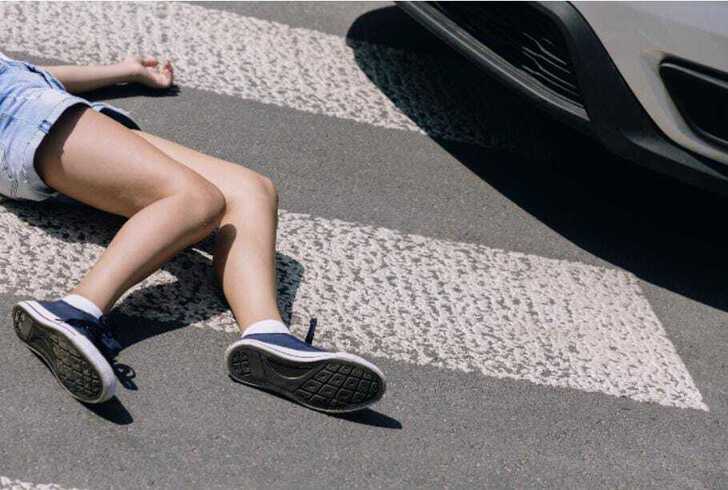In the aftermath of a vehicle collision involving a pedestrian, understanding the legal rights and protections available is crucial. Pedestrians, often the most vulnerable parties in such incidents, have specific rights designed to ensure their safety and provide recourse in the event of an accident. This comprehensive guide delves into the legal landscape surrounding pedestrian rights after a vehicle collision, offering essential insights for those affected.
Understanding Pedestrian Rights
Pedestrian rights are enshrined in both traffic laws and personal injury law, providing a framework for safety and compensation following an accident. These rights include the expectation that drivers will yield the right of way in crosswalks, adhere to speed limits, and exercise general care to avoid endangering pedestrians. When these obligations are not met, and a pedestrian is injured as a result, legal mechanisms exist to hold the responsible parties accountable.
The Importance of Establishing Fault
Determining who is at fault in a vehicle-pedestrian collision is a critical first step in the legal process. Fault influences the ability of an injured pedestrian to seek compensation for medical expenses, lost wages, and other damages. Traffic laws and local ordinances play a significant role in establishing fault, with specific rules governing right of way, pedestrian crossings, and vehicle operation near sidewalks.
For a deeper understanding of fault determination in vehicle collisions, including scenarios like a car making a left turn at a green light, Injury law representation offers detailed insights and examples.
Legal Options for Injured Pedestrians
Injured pedestrians have several legal avenues to explore when seeking compensation:
-
Personal Injury Claims: These claims are filed against the driver or the driver's insurance company, seeking damages for injuries sustained in the accident.
-
No-Fault Insurance Claims: In states with no-fault insurance laws, pedestrians may file a claim under their personal injury protection (PIP) coverage, if available.
-
Lawsuits: If insurance claims do not adequately cover the damages, filing a lawsuit may be an option to pursue further compensation.
The Role of Personal Injury Lawyers
Navigating the aftermath of a pedestrian-vehicle collision can be complex and challenging. Personal injury lawyers like Lyons & Snyder specializing in pedestrian accidents play a crucial role in this process. They can offer:- Expertise in Traffic and Personal Injury Law: A deep understanding of the laws affecting pedestrian rights and compensation.
- Negotiation with Insurance Companies: Experienced lawyers can effectively negotiate with insurance companies to secure fair compensation.
- Representation in Court: If a lawsuit becomes necessary, a skilled attorney can represent the injured pedestrian's interests in court.
Conclusion
Pedestrians have specific rights that protect them in the event of a vehicle collision. Understanding these rights, along with the legal options available, is essential for anyone affected by such an incident. With the right legal support, injured pedestrians can navigate the legal system to seek the compensation they deserve, ensuring their rights are upheld and their recovery is supported.
The journey to understanding and exercising pedestrian rights after a vehicle collision can be daunting, but it's a path no one has to walk alone. Legal professionals specializing in pedestrian accidents are ready to offer their expertise and support to those in need.
- Expertise in Traffic and Personal Injury Law: A deep understanding of the laws affecting pedestrian rights and compensation.
Website of Source: www.mytrustedlawyers.com/
Source: Story.KISSPR.com
Release ID: 996239

